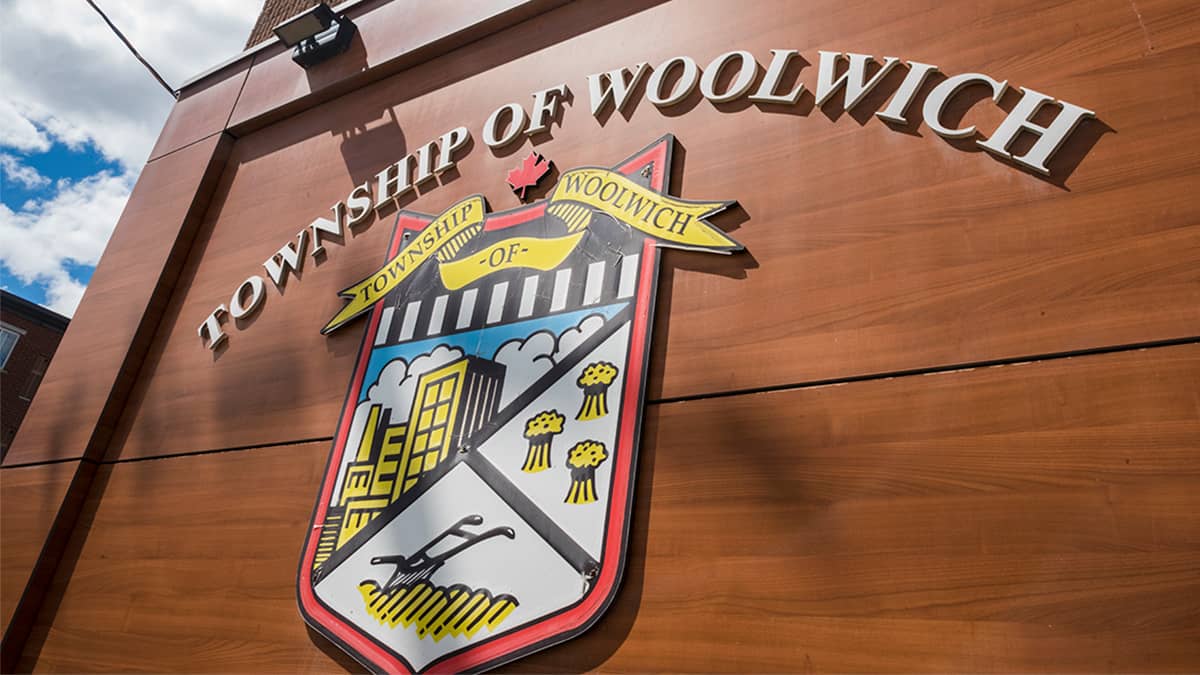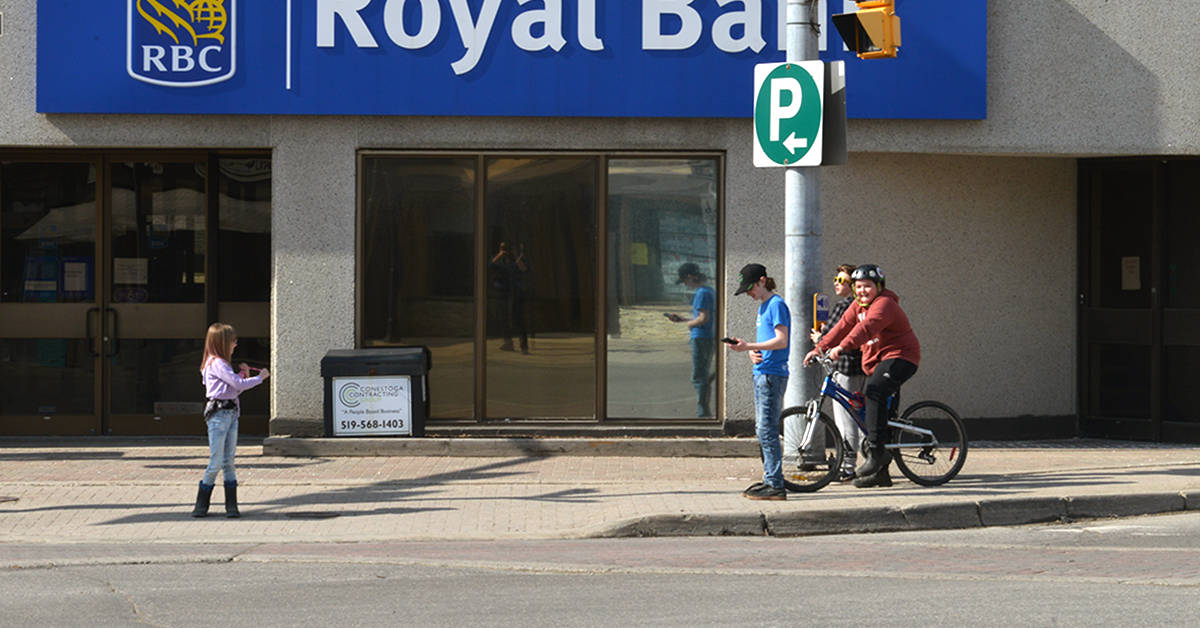Much of Woolwich has been deemed a control zone for the avian flu after cases were found in the area over the past week.
The Canadian Food Inspection Agency (CFIA) is taking extra precaution in their efforts to curb the spread of the virus, which was first found on a Guelph-area poultry farm on March 27. A second case was reported in a poultry flock closer to London before another instance of bird flu was found at a poultry operation in Woolwich on March 30.
While there have been cases at locations in the area, the federal agency hasn’t found evidence that the incidences are connected.
The strain of the avian flu identified, H5N1, is considered highly pathogenic, but CFIA reports that it’s not seen as a significant threat to public health, though there’s a real risk to the poultry sector.
“It’s a very serious event. Avian influenza has a severe consequence for the industry. We’ve asked the industry to increase their protections. The general public and owners are urged to take steps to protect their birds,” said Craig Price, the national incident manager for the CFIA’s avian influenza response.
He explained the process of detection of the disease and the steps taken to prevent it from spreading.
“Generally there is an observation of sick birds for higher mortality on the premise and the owner will contact their veterinarian. Based on what the veterinarian finds, we send out a team, and if they believe that we might be looking at avian influenza they’ll put in place a quarantine and they control movement on and off the site. Samples are then drawn and submitted to the lab,” he explained.
Once there is confirmation of the disease the animals are euthanized using one of two techniques. For larger operations with more birds a carbon dioxide gassing is used, while an injection is used if the bird population is smaller.
Repopulation is only permitted once the euthanized birds are safely disposed of and the premise is disinfected. This usually takes at least a month.
CFIA also does investigation of other farms to see if there has been any spread of the disease.
“We’re looking at farms that are in close proximity, but also farms that had a relationship to where the positive animal was found. So maybe movement of live animals on or off, or movement of eggs, for the purposes of hatching are the highest risks that we’re looking at. We also look at people movement, common ownership, movement of catching crews, food trucks, those types of things, just to ensure that we’re exploring all avenues and containing the disease fully,” Price said.
CFIA has set up two primary control zones in Ontario, with the first zone incorporating northeast Waterloo, most of Woolwich, and ending just south of Fergus. Currently all movement of domestic birds in and out of and through these zones is controlled and requires a permit from the CFIA. Movement restrictions also apply to poultry products and byproducts, as well as material that has come into contact with domesticated birds.
Those rules apply all the way down to customers used to buying products such as eggs at the farm gate.
Early indications are the cases discovered locally may be connected to the wildlife population. A red-tailed hawk found in Waterloo Region March 21 was showing signs of infection and was later euthanized.
“Based on our investigation so far the cases that have been detected are most likely introductions from wild birds. And that’s been pretty common through the US and through all the detections so far in Canada, the most probable source of the disease has been a wild bird introduction,” Price explained.
Although there are many steps being done to prevent the spread, doing so is “very difficult,” said Price.
“In any operation, there’s always a chance that your biosecurity isn’t sufficient. And then with some operations as well, birds are raised outside. So you have to be considerate and concerned with respect to the location of ponds, birdfeeders and where you store your feed. Are you washing your boots, your coveralls and before and after entering the housing of birds and those types of things? So it is a big challenge,” he said.
“It is important for owners of birds to recognize that journey through this migratory bird season that there is a high risk of their birds being exposed to avian influenza and it’s necessary to take precautions.”
Even though farmers are compensated at market value for the destruction of their animals and repopulation of their farms, Price called the process a “traumatic event” for the famer.
“Anytime that they are faced with a situation they’re not mentally prepared for…it’s something that you see happen to someone else but not happening to yourself. Producers are very attached to their animals and very proud of their operations and it can be very devastating for them to go through this experience,” he said.









